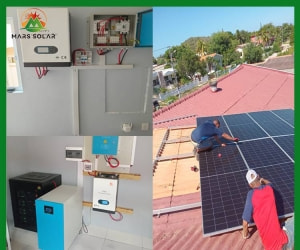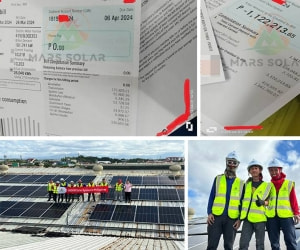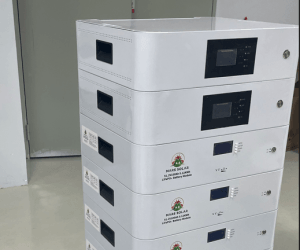Recently, the National Renewable Energy Laboratory (NREL) released a report, "South Asia Energy Storage: Understanding the Role of Grid-connected Energy Storage in the Transformation of South Asia’s Power Sector". The report sheds light on the short-term and long-term cost-benefit opportunities for grid-level energy storage deployment in India and South Asia. The report includes a detailed analysis of Home Off Grid Solar System energy storage drivers, potential obstacles, and the role of energy storage in system operation.
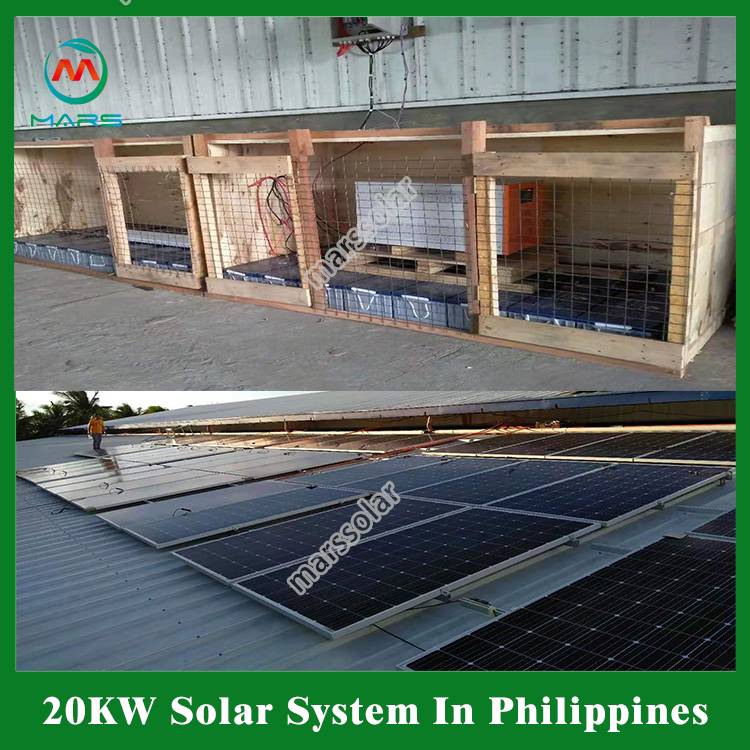
The cost of energy storage technology has dropped significantly and is expected to further decrease in the next ten years. This came after grid flexibility was hailed as an important resource for intermittent renewable energy integration and reliable operation. In India, grid flexibility is called "the new currency for energy use". Energy storage, such as lithium-ion battery energy storage systems, has the technical potential to provide grid flexibility. However, due to uncertainties in technology costs, energy storage operations and ownership rules, and compensation mechanisms, energy storage opportunities in India and South Asia still have problems. The research was funded by the U.S. Energy Resources Administration.
Researchers at NREL conducted scenario-based capacity expansion modeling to evaluate India's energy storage deployment by 2050. The analysis relies on modeling methods to reveal and compare the value streams of battery energy storage and pumped storage for different durations (such as 2 hours, 4 hours, 6 hours, 8 hours, and 10 hours). Simulations were conducted in 2030 and 2050 to understand how system operators will use energy storage to help integrate renewable energy, reduce operating costs, optimize cross-border energy transactions, and optimize the use of domestic resources.
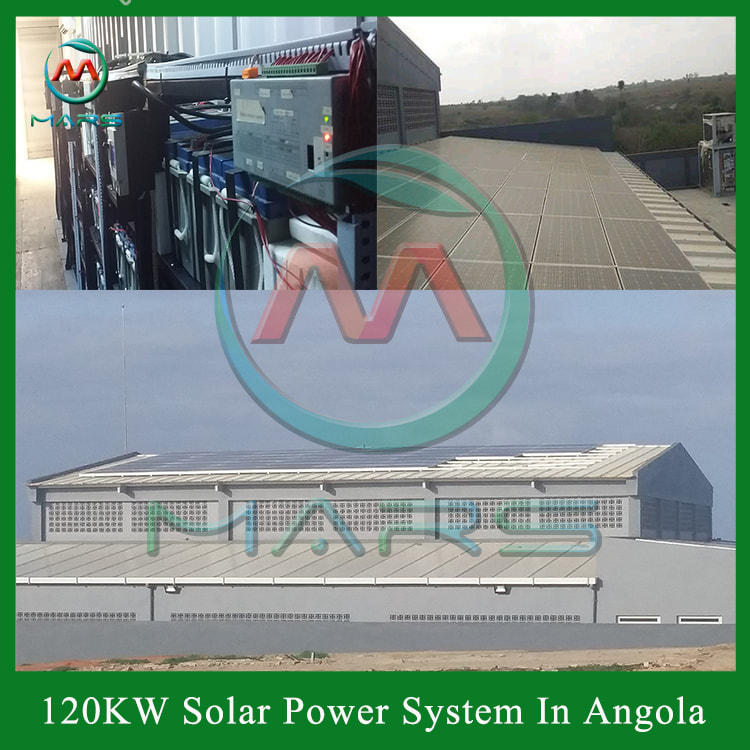
Researchers have discovered through research that energy storage can provide a range of grid services and may play an important role in the development of a cost-effective power sector in India. They predict that energy storage will become cost-competitive with other technologies due to the expected cost reduction by 2030. The results of the scenario-based capacity expansion model show that between 2020 and 2030, cost-effective energy storage capacity has doubled, with an average annual growth rate of 42%. By 2030, battery energy storage investment in India's 34 states and 26 of the federal territories will also be cost-effective. According to the reference case, by 2030, Jammu and Kashmir, Gujarat and Karnataka will have more than 10GW of battery energy storage capacity.
By 2050, the power scale of energy storage will reach 180GW to 800GW, accounting for 10% to 25% of the total installed capacity, and the energy scale will reach 750GWh to 4900GWh. This is based on the findings of several scenarios that researchers have run on different trajectories of technology costs, regulatory rules, and policy changes. In all scenarios, energy storage plays an important role in the Indian power system.
The researchers also found that the overall investment in energy storage technology has dropped by 65% without energy storage gaining income due to energy time shifts. This may happen in contract structures where a single electricity price cannot correctly explain the changing energy prices throughout the day. In the scenario where energy storage does not generate revenue due to sufficient capacity, the overall investment in energy storage technology has fallen by 22%.
Researchers have found that the new pumped storage is cost-competitive with battery energy storage technology in the short term, with a price of 69 million rupees/MW (approximately US$920,000/MW). The further reduction in the cost of pumped storage has led to increased capacity and investment delays in battery energy storage projects. By 2030, the power scale of pumped storage will reach 52GW and the energy scale will reach 630GWh. However, in view of the rapid decline in the cost of battery energy storage systems, the researchers believe that in the capacity expansion plan evaluated in this report, there will be no new investment in pumped storage projects after 2030.
It is observed that the maximum net load per hour in India can reach 60GW. Energy storage can meet most of these needs by storing excess power generation during periods of high renewable energy and discharging it to meet night climbing needs. By 2050, when coal, natural gas and hydroelectric power generation account for only 20% of the country's power generation structure, the role of energy storage in integrating renewable energy will become more and more important. The results also show that energy storage is mainly charged during the day, thereby achieving higher solar penetration. In addition, on certain days, when wind power generation picks up at night, energy storage will reduce its power generation, helping the grid absorb higher levels of wind power.
-
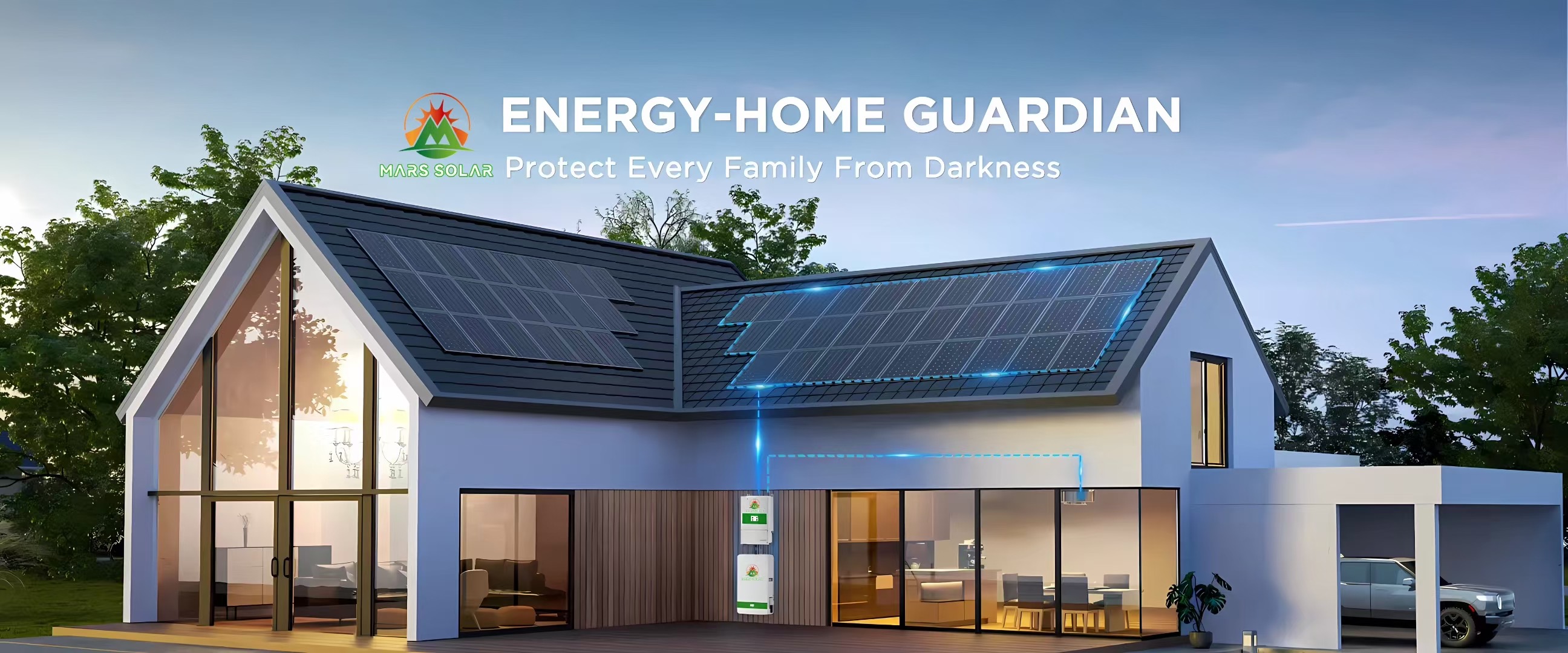 Solar PV System Expansion: Compatibility, Efficiency & Implementation Guide1. Background and Necessity Early-installed PV systems generally fail to meet the growing energy demands of modern households and enterprises. Compared with replacing the entire system, expansion is a more economical option—but the core question
Solar PV System Expansion: Compatibility, Efficiency & Implementation Guide1. Background and Necessity Early-installed PV systems generally fail to meet the growing energy demands of modern households and enterprises. Compared with replacing the entire system, expansion is a more economical option—but the core questionDo you like ?0
Read more -
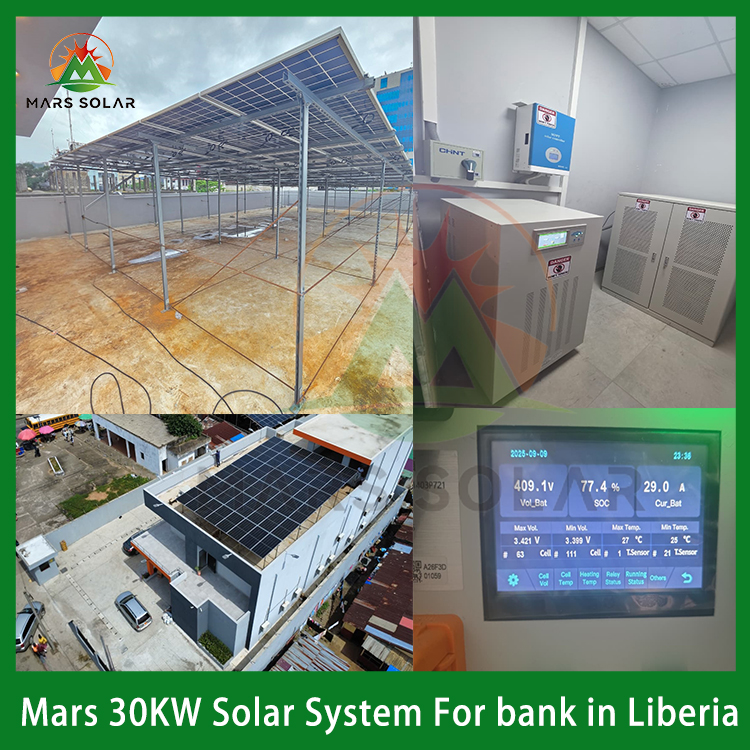 Customized Off-Grid Solar System for a Liberian Bank: Achieving Power IndependenWhen Banks Face the Challenge of "Grid Power Outages and Voltage Fluctuations": A Real-World Solution from Liberia In scenarios where the power grid is unstable and manual intervention is difficult, how to ensure the 24/7 stable operation
Customized Off-Grid Solar System for a Liberian Bank: Achieving Power IndependenWhen Banks Face the Challenge of "Grid Power Outages and Voltage Fluctuations": A Real-World Solution from Liberia In scenarios where the power grid is unstable and manual intervention is difficult, how to ensure the 24/7 stable operationDo you like ?0
Read more -
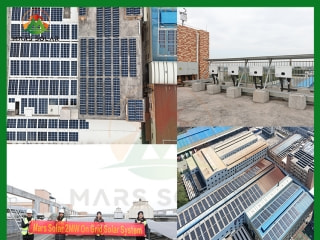 2MW Solar Panel System For Factory2MW mars solar grid-tied solar panel system for factory have designed, produced, and installed in a factory.How does Mars Solar build such a solar panel system for factory? 1. Data collection Before designing the plan, the factory owner vi
2MW Solar Panel System For Factory2MW mars solar grid-tied solar panel system for factory have designed, produced, and installed in a factory.How does Mars Solar build such a solar panel system for factory? 1. Data collection Before designing the plan, the factory owner viDo you like ?0
Read more -
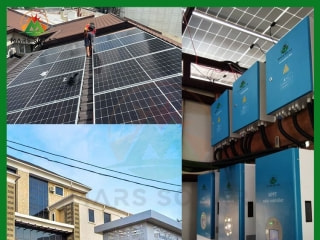 100KW Solar For Hotels And Resorts In NigeriaIn December 2024, the Mars Solar 100KW Nigeria solar for hotels and resorts project was successfully completed. In May 2024, the customer contacted Mars solar and had a series of communications on the solar for hotels and resorts project. The d
100KW Solar For Hotels And Resorts In NigeriaIn December 2024, the Mars Solar 100KW Nigeria solar for hotels and resorts project was successfully completed. In May 2024, the customer contacted Mars solar and had a series of communications on the solar for hotels and resorts project. The dDo you like ?0
Read more -
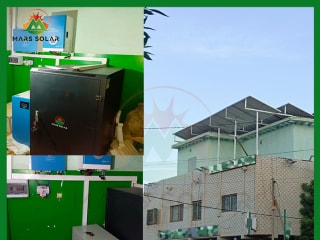 Reliable Energy Solutions for a Mali Pharmacy: 15KW Solar System Success StoryIn the heart of Mali, reliable electricity is a significant challenge, with power coming on for just 2 hours and then cutting off for 4 hours multiple times a day. This erratic power supply is particularly problematic for businesses that depend on consist
Reliable Energy Solutions for a Mali Pharmacy: 15KW Solar System Success StoryIn the heart of Mali, reliable electricity is a significant challenge, with power coming on for just 2 hours and then cutting off for 4 hours multiple times a day. This erratic power supply is particularly problematic for businesses that depend on consistDo you like ?0
Read more -
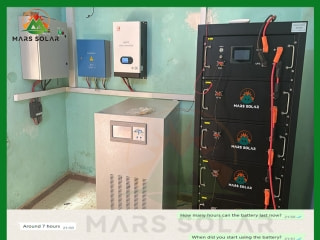 Harnessing the Sun: A Sustainable Solution for Abou's Family in MaliIn the heart of Mali, families like Abou's face daily challenges with electricity access, enduring power outages that can last up to 12 hours. To combat this, Abou relies heavily on a diesel generator to power his home, which includes essential applia
Harnessing the Sun: A Sustainable Solution for Abou's Family in MaliIn the heart of Mali, families like Abou's face daily challenges with electricity access, enduring power outages that can last up to 12 hours. To combat this, Abou relies heavily on a diesel generator to power his home, which includes essential appliaDo you like ?0
Read more

